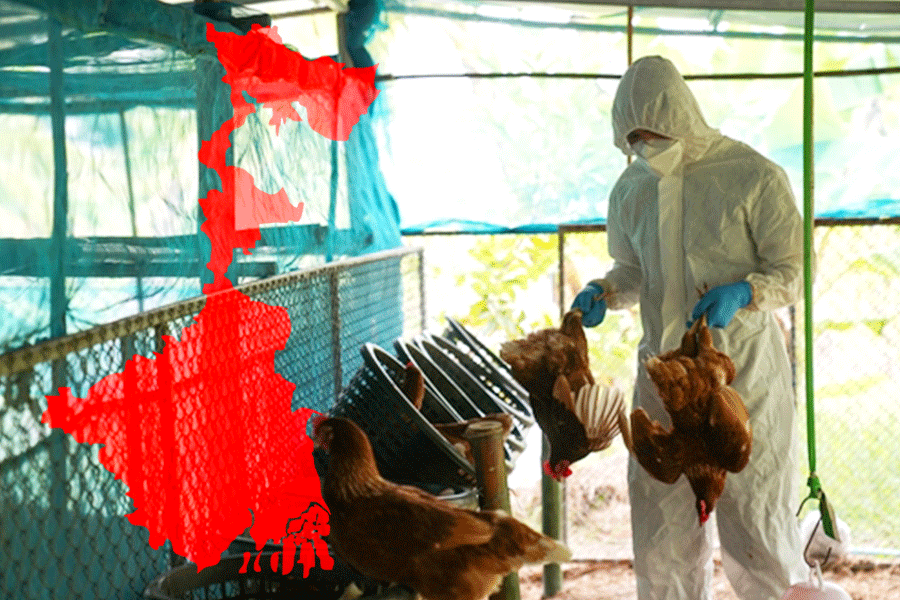A girl in West Bengal was diagnosed with avian influenza on May 22 this year, the WHO said on Wednesday.
This is the second human infection of avian influenza A(H9N2) notified to WHO from India, with the first in 2019, it added.
The child has recovered and was discharged from hospital, according to the global health body.
“On 22 May 2024, the International Health Regulations (IHR) National Focal Point (NFP) for India reported to WHO a case of human infection with avian influenza A(H9N2) virus detected in a child resident of West Bengal state in India,” a WHO media release said on Wednesday.
Bird flu in humans caused by a novel influenza A virus subtype is an event that has the potential for high public health impact and must be notified to the WHO, per international norms.
Most human cases of infection with avian influenza A(H9N2) viruses are exposed to the virus through contact with infected poultry or contaminated environments, the WHO said.
“Human infection tends to result in mild clinical illness,” the WHO release said.
“Based on available information, further sporadic human cases could occur as this virus is one of the most prevalent avian influenza viruses circulating in poultry in different regions. With the currently available evidence, WHO assesses the current public health risk to the general population posed by this virus as low. However, the risk assessment will be reviewed should further epidemiological or virological information become available,” it added.
The case history
The girl was first diagnosed with hyperreactive airway disease, according to the WHO release, initially presented to the paediatrician with fever and abdominal pain on January 26 this tear.
Three days later, on January 29, the girl developed seizures and was brought to the same paediatrician.
On February 1, the girl was admitted to the pediatric ICU of a local hospital with severe respiratory distress, recurrent high-grade fever and abdominal cramps.
She was diagnosed with post-infectious bronchiolitis caused by viral pneumonia.
On February 2, the girl patient tested positive for influenza B and adenovirus at the Virus Research and Diagnostic Laboratory at the local government hospital. She was discharged from the hospital on February 28.
However, on March 3, with a recurrence of severe respiratory distress, she was referred to another government hospital and was admitted to the pediatric ICU and intubated.
On March 5, a nasopharyngeal swab was sent to the Kolkata Virus Research and Diagnostic Laboratory and tested positive for influenza A (not sub-typed) and rhinovirus.
The same sample was sent to the National Influenza Centre at the National Institute of Virology in Pune for subtyping.
On April 26, the sample was sub-typed as influenza A(H9N2) through a real-time polymerase chain reaction.
On May 1, the girl was discharged from the hospital with oxygen support.
The girl, the WHO release said, had exposure to poultry at home and in the surroundings but no one else had reported symptoms.










